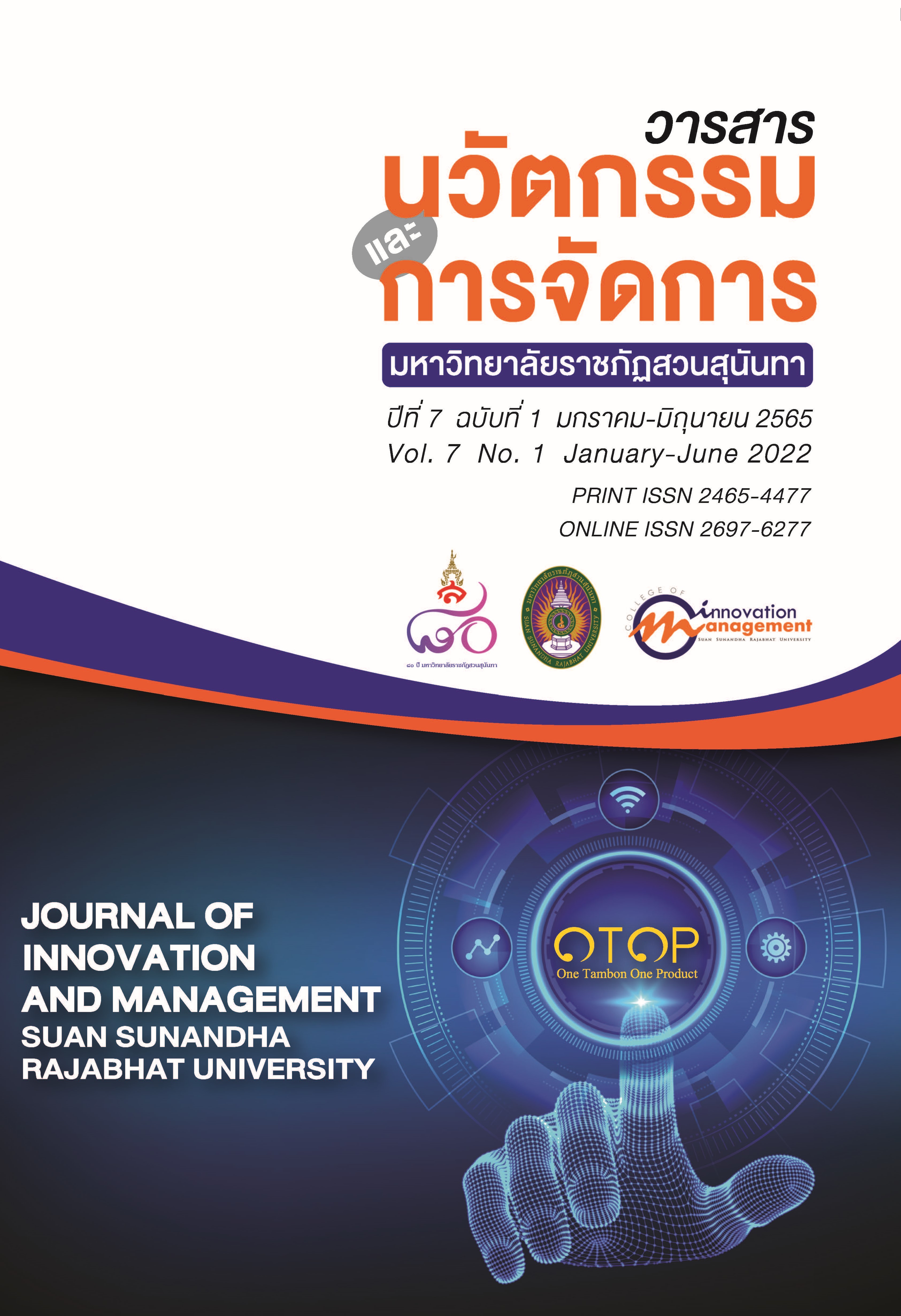Why Likert?
Keywords:
Likert, Rating Scale, Quantitative ResearchAbstract
The rating scale is a research tool that used in quantitative research in the social sciences, especially in the context of social science research in Thailand, it is widely used. The objectives of this article are (1) to describe the concepts and key principles of quantitative research tools, (2) to describe the characteristics of the Likert's original rating scale, and (3) to propose the alternative rating scales in social science research. This article is based on a study of relevant documents on the concepts, principles and characteristics of the rating scales. This gives researchers the option to use a variety of the rating scale for using in social science research that researchers can choose to adapt accordingly.
References
ชัยพร วิชชาวุธ. (2523). การวิจัยเชิงจิตวิทยา. กรุงเทพฯ: ไทยวัฒนาพานิช.
Butzin, C. A., and Anderson, N. H. (1973). Functional measurement of children's judgments. Child Development, 44(3), 529–537.
Bloom, et al. (1956). Taxonomy of educational objectives: the classification of educational goals. Handbook I: Cognitive domain. New York: David McKay Company.
Bogardus, E.S. (1925). Measuring Social Distances. Journal of Applied Sociology, 9, 299-308.
Guttman, L. (1944). A basis for scaling qualitative data. American Sociological Review, 9, 139–150.
Henerson, M. E., Morris, L.L. and Fitsz-Gibbon, C. T. (1978). How to Measure Attitudes. 7th ed. California: Sage.
Likert, R. (1932). A Technique for the Measurement of Attitudes. Archives of Psychology, 140, 1–55.
Likert, R. (2022). Rensis Likert (1903-1981). [Online]. Retrieved 23 February 2022 from https://en.wikipedia.org/wiki/Rensis_Likert
Oppenheim, A.N. (1966). Questionnaire design and attitude measurement. New York, Basic Books.
Osgood, C.E., Suci, G., and Tannenbaum, P. (1957). The measurement of meaning. Urbana, IL: University of Illinois Press.
Pérez-Sáez, E. Cabrero-Montes, E. M., Llorente-Cano, M., and González-Ingelmo, E. (2020). A pilot study on the impact of a pottery workshop on the well-being of people with dementia. Dementia, 19(6), 2056-2072.
Roberts, J.S. (1999). Validity Issues in the Likert and Thurstone Approaches to Attitude Measurement. Educational and Psychological Measurement, 59, 211-233.
Snider, J.G., and Osgood, C.E. (1969). Semantic Differential Technique: A Sourcebook. Chicago: Aldine.
Thurstone, L.L. (1970). The Measurement of Attitudes. Chicago: The University of Chicago Press.
Downloads
Published
How to Cite
Issue
Section
License
Copyright (c) 2022 Journal of Innovation and Management

This work is licensed under a Creative Commons Attribution-NonCommercial-NoDerivatives 4.0 International License.
See Publication Ethics https://so03.tci-thaijo.org/index.php/journalcim/Ethics






